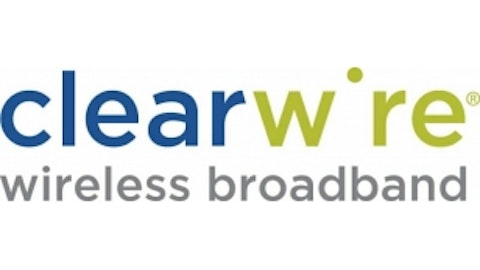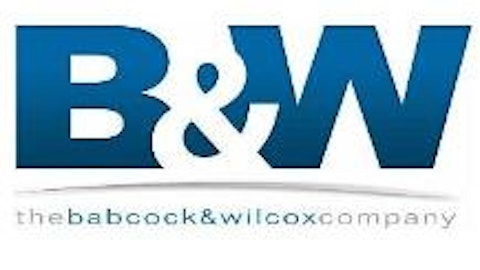
Lately, some of these property leasing companies specializing in communications towers have been converting their business structure to that of a real estate investment trust, or REIT. These REITs are required to pay out at least 90% of their income to their shareholders, making them an attractive investment. Normally, the performance of a REIT is tied to the real estate market and, as such, carries the risks associated with the market like the strength of the economy or the value of specific geographic area. Tower leasing REITs are unique, however, because their performance is not dependent on the real estate so much as it is the strength of the wireless networking industry and, as a result, are less vulnerable.
American Tower Corp (AMT) is one REIT that operates as a wireless and broadcast communications infrastructure company. In other words, it develops, owns and operates the sites used in communications. AMT also offers rental and management services for such sites. As of the end of 2011, the company owned and operated more than 21,000 towers in the US and almost 24,000 towers in Brazil, Chile, Colombia, Ghana, India, Mexico, Peru, and South Africa.
AMT’s status as an REIT became effective on January 1 this year. According to AMT’s filing with the SEC, the company intends to pay out 100% instead of the 90% required. The website Investors reports that the company’s “first dividend as a REIT — 21 cents a share — was announced in March and payable April 25 to holders of record April 11. If the payout were to continue at that level, the annual yield would be 1.3%.”
When the company reported its first quarter earnings on the morning of May 3, it was trading at $67 a share. AMT earned 56 cents a share in the first quarter, beating analyst estimates of 40 cents a share by 40% and outperforming the same quarter last year by 143.5%. The company also did not disappoint with regard to its revenues. AMT ended the quarter strong, with $696.5 million in revenue, beating expectations of $672.25 million and outperforming the same period last year by almost 24%. Shares in the company reached a high of $68.52, its highest in the past 52 weeks, to settle at $67.01 by the end of the day.
AMT brought in 98 cents a share last year, beating out analyst estimate of 82 cents a share. This year, consensus estimates are that the company will earn $1.68 a share, rising to $2.00 a share next year. At its current trade price, AMT has a forward price to earnings ratio of 33.5. This may sound high in and of itself but, on average, its peers are priced at 53.87 times their forward earnings.
Becoming a REIT seems to have been a good choice for AMT. Since the beginning of the year, the company has returned 14.38% compared to 9.70% for the market at-large. Plus, the stock has strong support from the hedge fund industry. Christopher Medlock James’ Partner Fund Management had $808.63 million invested in AMT at the end of the fourth quarter, or roughly 9.26% of its total portfolio. Andreas Halvorsen’s Viking Global, Richard Perry’s Perry Capital and Larry Robbins’ Glenview Capital are also fans of the company.
With all this to its credit, I am extremely bullish on AMT. Given the company’s success, I am willing to bet that more tower leasing companies will reorganize as REITs. Some of AMT’s rivals, like Castle International (CCI), have already adopted some metrics used by REITs, such as funds from operations (FFO) and adjusted funds from operations (AFFO), which could indicate the company is preparing to makes it move.




